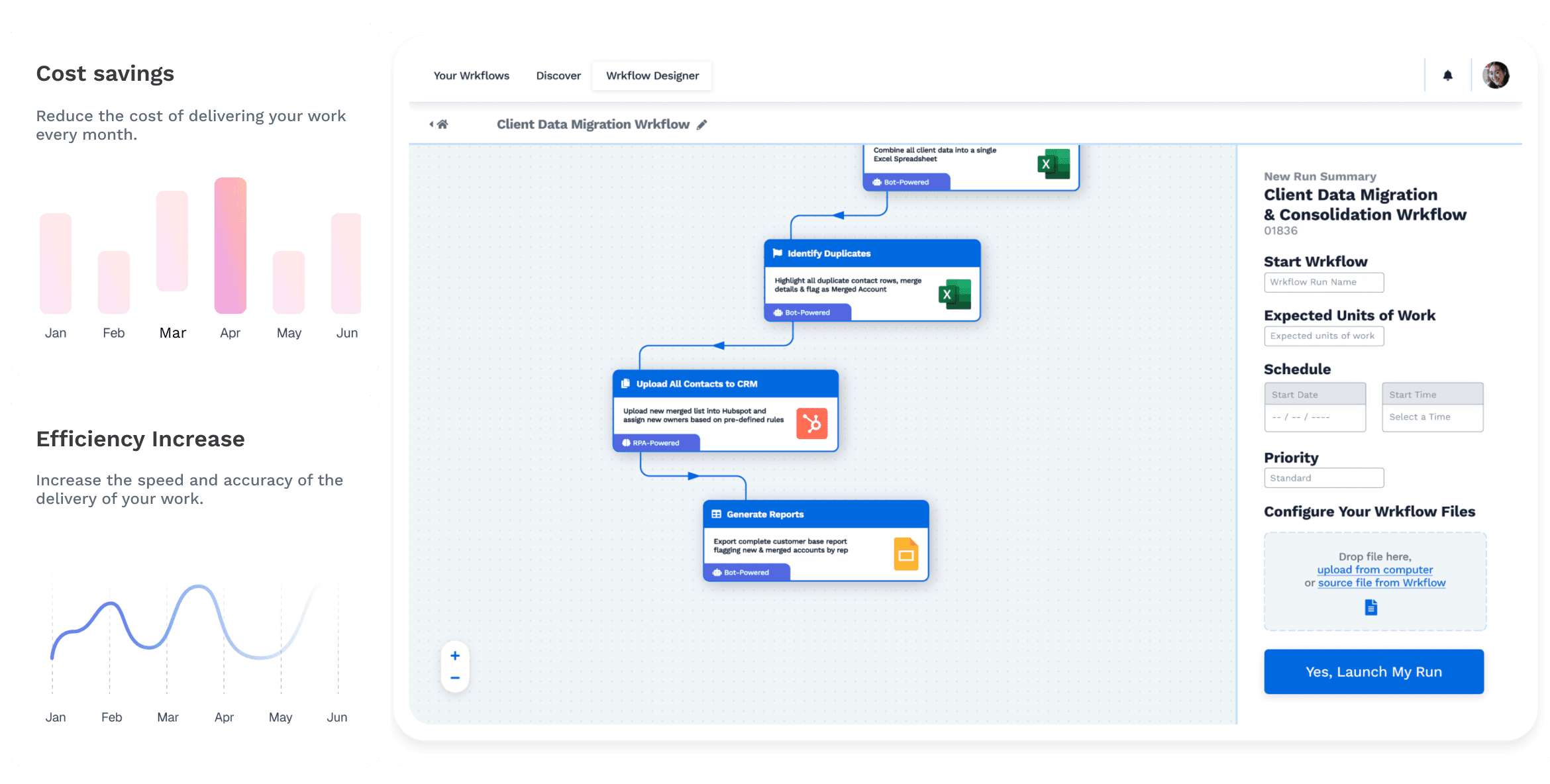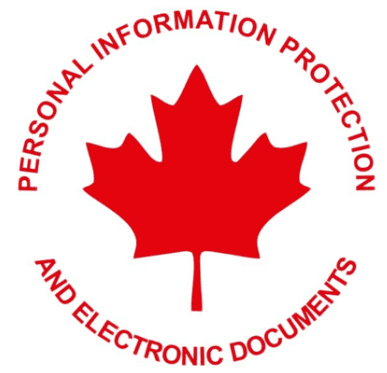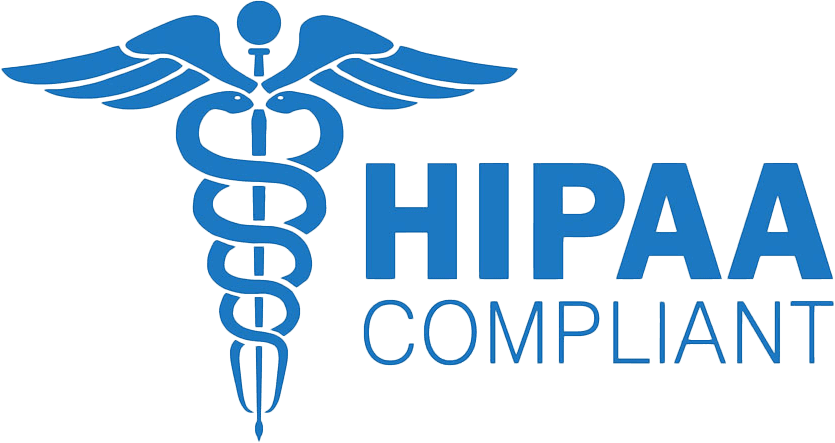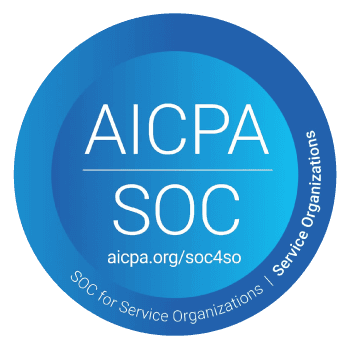Date de publication
2023-09-19
The success of your sales efforts hinges on the quality of your leads and the efficiency of your sales process. One powerful tool that can supercharge your sales efforts is lead enrichment. By enriching your information with valuable data, you can gain deeper insights into your prospects, tailor your messaging, and increase your chances of conversion. In this blog post, we'll explore how lead enrichment can optimize your sales process and provide a step-by-step guide to implementing this strategy effectively.
Understanding Lead Enrichment
Lead enrichment is the process of enhancing your lead data with additional information. While lead generation focuses on obtaining contact details, lead enrichment goes further by providing a comprehensive profile of your leads. This enriched data includes not only basic contact information but also firmographics (company details), technographics (technology stack), demographics (individual characteristics), and even behavioural data.
The benefits of lead enrichment are manifold. First and foremost, it improves lead quality. Enriched leads are more likely to match your ideal customer profile, making them more promising prospects. Secondly, it enables enhanced personalization. You can better understand your leads' needs and preferences and tailor your outreach with relevant content and messaging. Finally, lead enrichment can boost conversion rates by helping your sales team engage leads more effectively.
Steps to Implement Lead Enrichment
Implementing lead enrichment into your sales process requires careful planning and execution. Here's a step-by-step guide to get you started:
Data Collection and Integration
Begin by identifying your data sources. These can include CRM databases, lead generation tools, and third-party data providers. Assess the quality of your existing data and clean it if necessary. Clean data forms the foundation for accurate enrichment.
Choosing a Lead Enrichment Tool or Service
Research and evaluate available lead enrichment tools or services. Consider data coverage, accuracy, integration capabilities, and cost. Choose a solution that aligns with your specific needs and budget.
Setting Up Lead Enrichment Processes
Configure your chosen tool or service to enrich leads automatically. Define data mapping rules to ensure the enhanced data integrates seamlessly with your CRM or sales software. Automation is critical to efficiency in lead enrichment.
Training and Onboarding
Educate your sales and marketing teams on the new lead enrichment processes. Ensure they understand how to access and leverage enriched data. Conduct tests to iron out any kinks in the workflow.
Strategies for Effective Lead Enrichment
Once you've implemented lead enrichment, you must strategize how to maximize this enriched data. Here are some effective strategies:
Segmenting and Prioritizing Leads
Implement lead scoring models to categorize leads based on their likelihood to convert. Create ideal customer profiles to guide your targeting efforts. This ensures that your sales team focuses on the most promising prospects.
Personalization and Targeting
Leverage the enriched data to personalize your outreach. Craft tailored messages and content that address your leads' specific pain points and interests. Personalization significantly improves engagement rates.
Continuous Data Validation and Maintenance
Enriched data is only valuable if it remains accurate. Regularly monitor and update the enhanced data to prevent data decay. It involves checking for changes in contact information, job roles, and company details.
A/B Testing and Optimization
Experiment with different lead enrichment strategies and messaging approaches. A/B testing allows you to refine your outreach based on data-driven insights. Continuously optimize your processes for better results.
Measuring the Impact of Lead Enrichment
To assess the effectiveness of lead enrichment, you must establish key performance indicators (KPIs) and gather data-driven insights:
Key Performance Indicators (KPIs):
Track essential metrics such as conversion rates, sales cycle length, and customer acquisition cost (CAC). These KPIs clearly show how lead enrichment impacts your bottom line.
Data-Driven Insights:
Analyze the enriched data and its correlation with conversion rates. Identify trends and patterns to refine your lead qualification criteria. Use these insights to improve your sales strategy continually.
ROI Calculation:
Calculate the return on investment (ROI) for your lead enrichment efforts. Compare the costs of implementing lead enrichment with the additional revenue generated from improved conversion rates. A positive ROI validates the strategy.
Challenges and Considerations
While lead enrichment offers substantial benefits, there are also challenges and considerations to keep in mind:
Privacy and Data Security
Ensure you comply with data protection regulations like GDPR and CCPA when collecting and using customer data. Safeguarding personal information is crucial to maintaining trust.
Over-reliance on Automation
While Automation is essential, keep the human touch—balance automation with personalized communication to build meaningful relationships with leads.
Balancing Quantity vs. Quality of Leads
Striking the right balance between leads' quantity and quality is essential. It's better to have fewer high-quality leads than many low-quality ones.
Final Say
Lead enrichment is a game-changer for optimizing your sales process. Enriching your leads with valuable data can enhance lead quality, personalize your outreach, and boost conversion rates. However, it's essential to approach lead enrichment strategically, continuously measure its impact, and address potential challenges. Lead enrichment can catalyze remarkable sales success in today's competitive business landscape when implemented effectively.
Start Automating with Wrk
Kickstart your automation journey with the Wrk all-in-one automation platform









